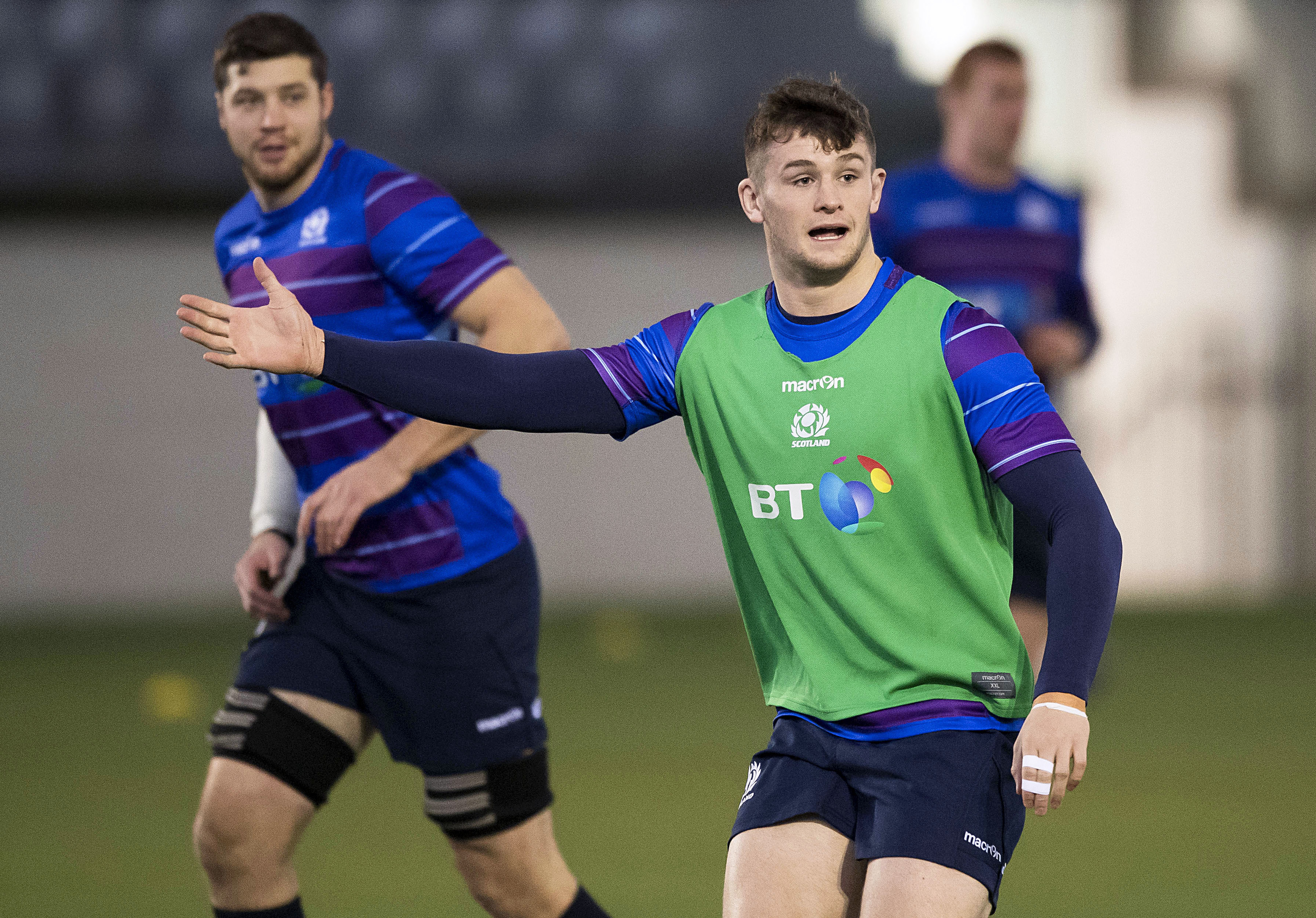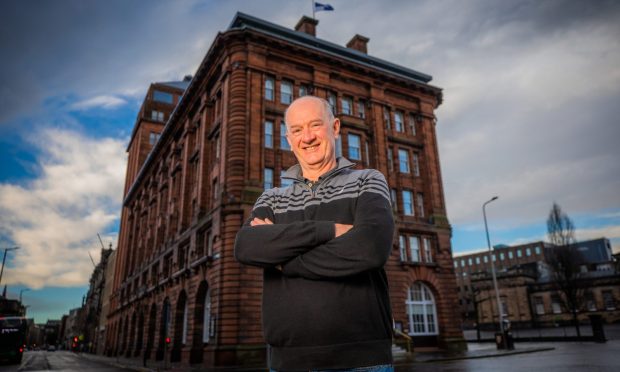Gav Scott remembers getting the call in the middle of the night to get on the plane to join the Scotland squad, and he doesn’t think it’ll be any different for those brought in late to Japan.
The former Dundee HSFP hooker never did get a cap for Scotland – he was famously called across the world as a replacement twice but didn’t get on – but he’s one of the longest serving members of the international team camp, having been Operations Manager for the last seven years and a stint as chief analyst before that.
His post now is a key one – organising all aspects of the Scotland team’s movements outside of those on the training pitch or playing field. The logistics of this World Cup campaign, over a four-year period, have been his responsibility.
That means moving four tonnes of equipment across eight time zones and then up and down Scotland’s five ports of call when they are in Japan. It means organising a taxi for Magnus Bradbury, in Japan as injury cover for Jamie Ritchie, because as Ritchie is now back and training with the team under competition rules Bradbury can’t even ride on the team bus.
And it will almost certainly mean a call at any time of day to alert a player that he’s needed out in Japan – even if he happens to be in South Africa.
“I wouldn’t say there are bags packed, exactly,” said Scott. “Most players now understand they can be called up. I was called up to two tours myself in the middle of the night so it has always happened and it is something guys are aware of.
“Nowadays in pro rugby there are complications as guys could be in South Africa (Glasgow open the PRO14 season there on September 27) when they get called up. We know where people are likely to be at certain times and we will deal with it as and when it happens.”
Scott’s main job is to be a fixer for everything Scotland need done when they’re in camp, whether that be at home or 7000 miles away in Japan.
“It’s really looking after the staff and all the off-field activities to allow Gregor and his team to concentrate on the on-field stuff,” he said. “We’ve got about 20 members of management here, we’ve got liaison from Rugby World Cup, and we’ve got the 31 players, so there’s quite a lot of moving parts making sure everything runs smoothly.
“We had a delegation meet us from Nagasaki in Royal Grammar School in Newcastle when we were training in the 2015 World Cup, so that’s was how far back the early planning went. We’ve started to get questions around the France World Cup (in 2023) and how we might like things to run in four years’ time.”
There was even some prior knowledge involved in choosing Nagasaki as the location for the initial camp in Japan.
“The heat was an issue, but that was why we went there – we knew it was the warmest bit of Japan,” said Scott. “The guys weren’t particularly thankful but now we’ve come to Tokyo where it’s slightly cooler they really appreciate what was done.”
The situation with Ritchie has complicated matters for Scotland but Bradbury stays for the time being.
“As of Saturday, when we entered the tournament formally, Magnus has not been able to train with us but he has stayed while we wait and see how Jamie’s cheek settles.
“Jamie took a greater part in training yesterday. He hadn’t done a huge amount until then, just to let his cheek settle, post-operation and post-flight.
“As we move towards the weekend and monitor the situation we will make a decision on Magnus, about what point he goes home and whether or not he stays until closer to the weekend. We’re conscious that he needs to get back to Edinburgh.”
The back rower is a bit of an exile from the main squad however.
“There are 200 pages of the Terms of Participation, which is great because it gives you a structure of what you can do,” he continued. “Magnus is able to train on his own and watch our training, he just can’t train with us.
“He can stay in the hotel but he can’t travel on the buses, come to team meetings or train with us. He has to travel independently.”
After two World Cups and seven years, Scott enjoys the varied and demanding role he now has, after being a player and analyst within the squad.
“You already understand the internal culture and working of the team. It helps you to embed yourself and understand what the priorities are for different groups and what you need to concentrate on and what is less important.
“I’ve learnt a lot in seven years, dealing with the pressures that coaches are under. They all want slightly different things in terms of the environment and culture they’re in.
“But they all still want the best for their team. My role is to make sure they can do that in a calm and controlled manner.”


